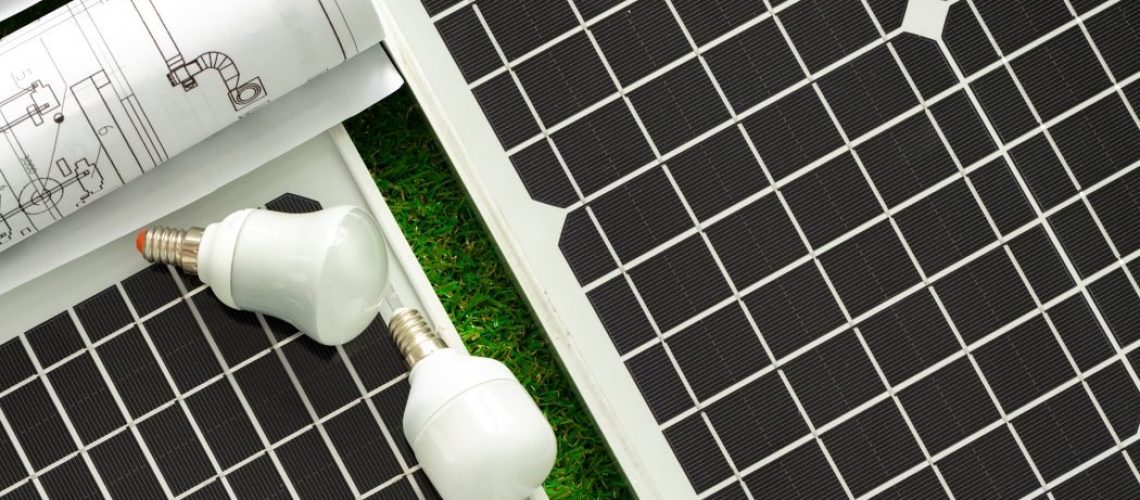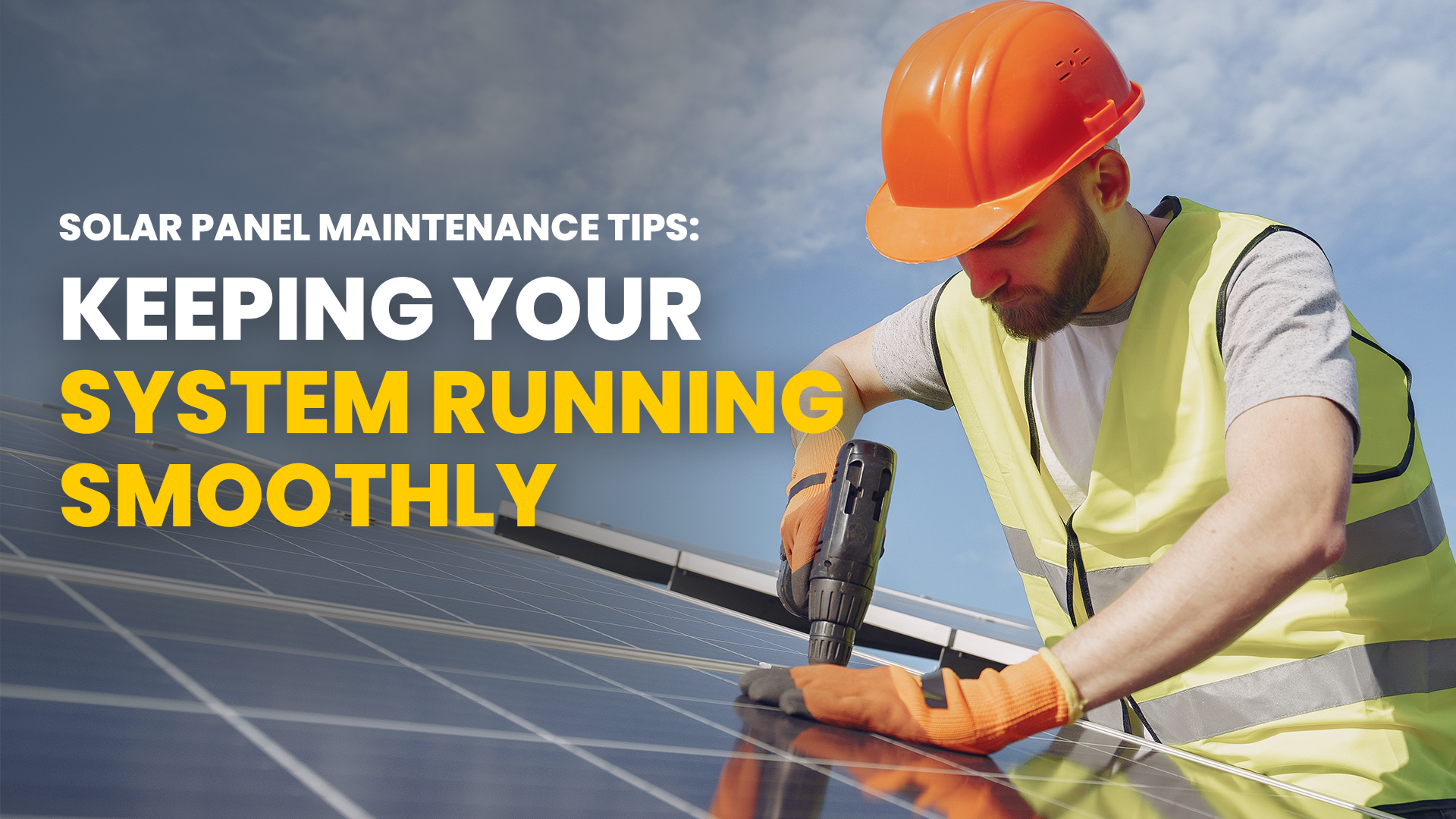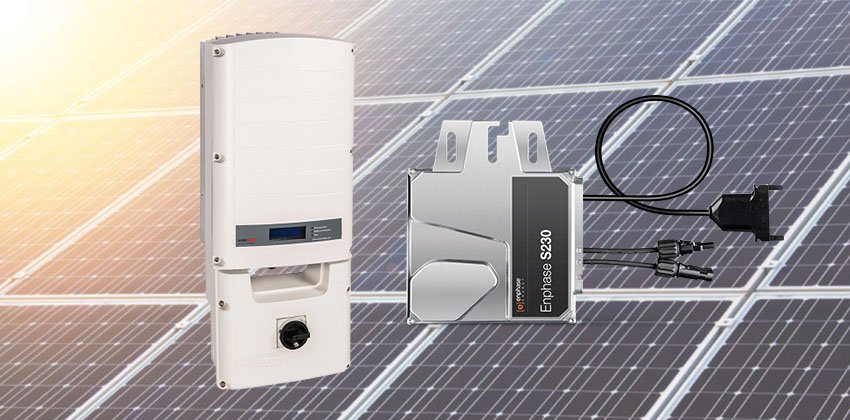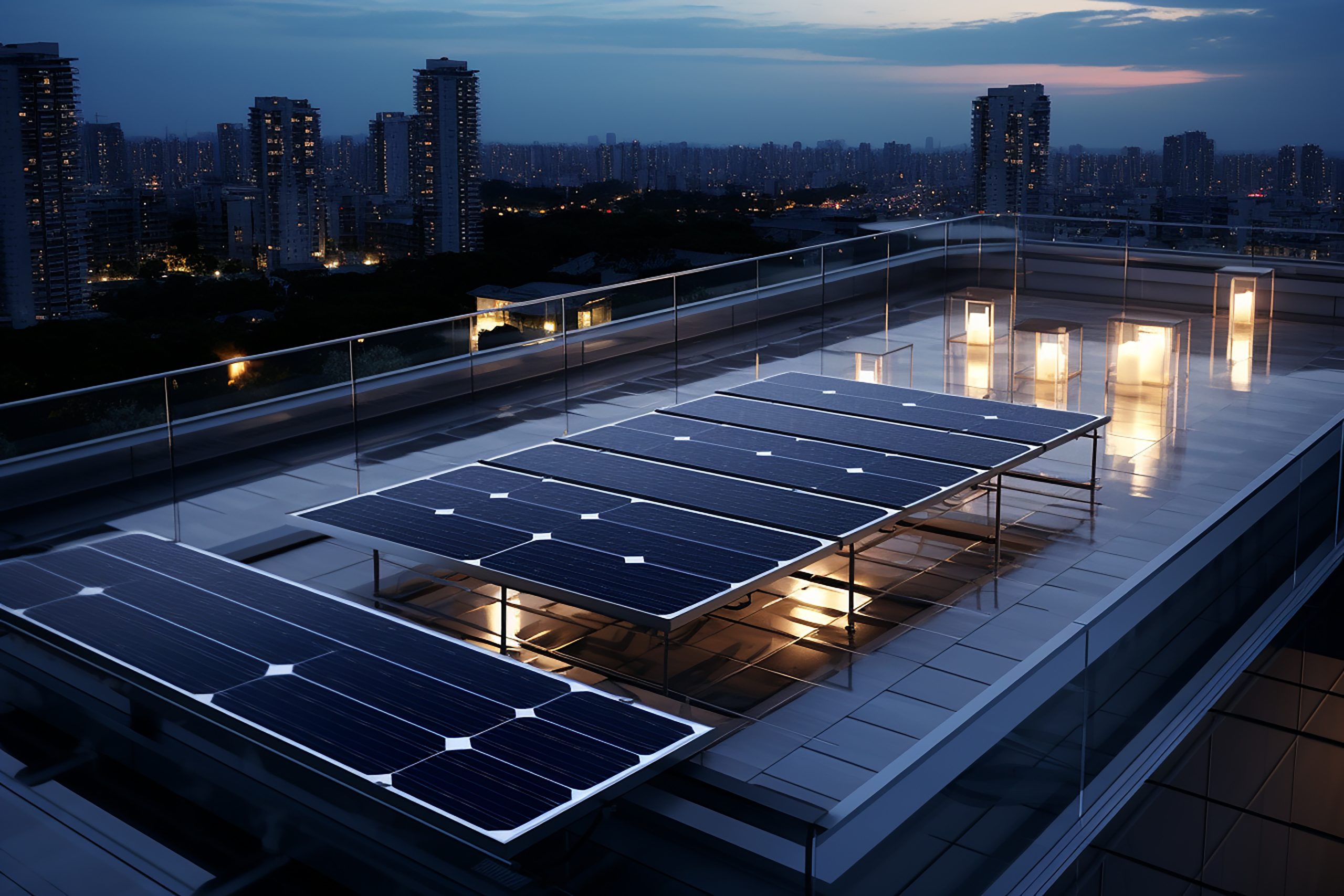Solar radiation, coming from the sun, produces heat and light. The incoming rays that enter the atmosphere of the earth can be utilised for generating electrical power. This energy generated by the sun’s radiation is called solar energy.
Renewable sources of energy include the sun, water and wind, among which the energy generated by the sun is most abundant. While not every region on earth has equal access to water and wind, the sun is accessible to every part of the earth.
Being highly abundant in nature, it is capable of efficiently meeting the requirements of our world and has significant potential to meet future demands.
With increasing awareness for the conservation of the environment and the prevention of climate change, renewable sources have become one of the most important sustainable forms of energy.
The non-polluting nature and infinite supply of solar energy can be used to replace fossil fuels and reduce carbon emissions in the environment. An intriguing factor of solar power is the way it undergoes conversion from the heat of the radiation to usable electricity and power.
Understanding solar technology
The conversion of heat to electricity is an immersive process that is carried out by solar modules or panels. The panels consist of several components that have individual roles in the production process.
The technology that is used in the conversion process includes photovoltaics and concentrating solar-thermal power.
- Photovoltaics: The most common technology used in power production that you might be familiar with is photovoltaic or PV. The incident rays coming from the sun are absorbed by the photovoltaic cells.
- The cells convert the heat from the radiation into electrical power by generating electrical charges that flow inside the system and are stored in the cells. These charges are then derived from the cells when required for running electrical devices.
- Concentrating solar-thermal power: The industry also utilises CSP systems for the production of current from heat energy.
- These systems are generally used in large farms for the generation of electricity on an industrial scale. The CSP consists of mirrors that are directed toward receivers.
- The incidence of sunlight onto these mirrors reflects the rays to the receivers which then absorb and convert them to heat. This is subsequently used for power generation or stored for later use.
Production of electricity from solar power
The process of electricity production using solar energy has a series of steps.
So, as now you have an idea of how what technologies are involved in the production of electricity, let’s discuss how these panels utilise these technologies for the conversion process.
- The construction of the panel includes an intricate wiring system, a glass casing enclosed by a weather-proof film, a metal frame and a series of layered silicon cells. These panels consisting of silicon cells are arranged in an ordered series specifically designed for maximum absorption of sunlight. The panels are then installed on the roofs of houses from where they can have direct contact with the sun’s rays.
- Each photovoltaic cell consists of a semiconductor made from two silicon layers. The charge on one layer is positive while the other is negative which creates an electric field. The incidence of sunlight on the panels excites the electrons in the system. An electric current is created by these energised electrons as they start flowing in the electric field surrounding the semiconductor.
- Most of the appliances in a house are powered by alternating current (AC), however, the electricity produced by panels is direct current (DC). The conversion of DC to AC is carried out by inverters that are configured for either the whole system or for each panel.
- Following the conversion of DC to AC, the electric current is delivered to various electrical appliances in the house through the electric panel. The supply of electricity from the module is similar to the supply of electricity from the local electric grid hence the overall wiring of the house does not need to be changed for installing a rooftop solar panel.
- The absorption of sunlight occurs during the day when the sun is visible and the maximum radiation is absorbed during noon when the incident rays and the panels are at a perpendicular angle and the distance between the sun and the surface of the panel is minimum.
- The absorption of sunlight is maximum during the summer when the sun is closest to the earth and during winter it is comparatively less. The minimum sunlight is available during cloudy seasons when the rays are blocked due to the weather.
However, the absorption of sun rays when no one is at home compensates for the period of “no absorption”.
Using a meter you can easily track the amount of energy absorbed and the amount of power utilised. This checks the over-utilisation of power and helps efficient consumption of power.
These are the fundamentals of solar energy and how it is utilised for the production of electricity. The advancement in technology has given us further innovative ways of maximising the absorption of radiation and generating a higher amount of electricity.
The future of sustainable energy with further technological advancements can help the world eliminate the use of fossil fuels and integrate sustainable sources as their replacements.










